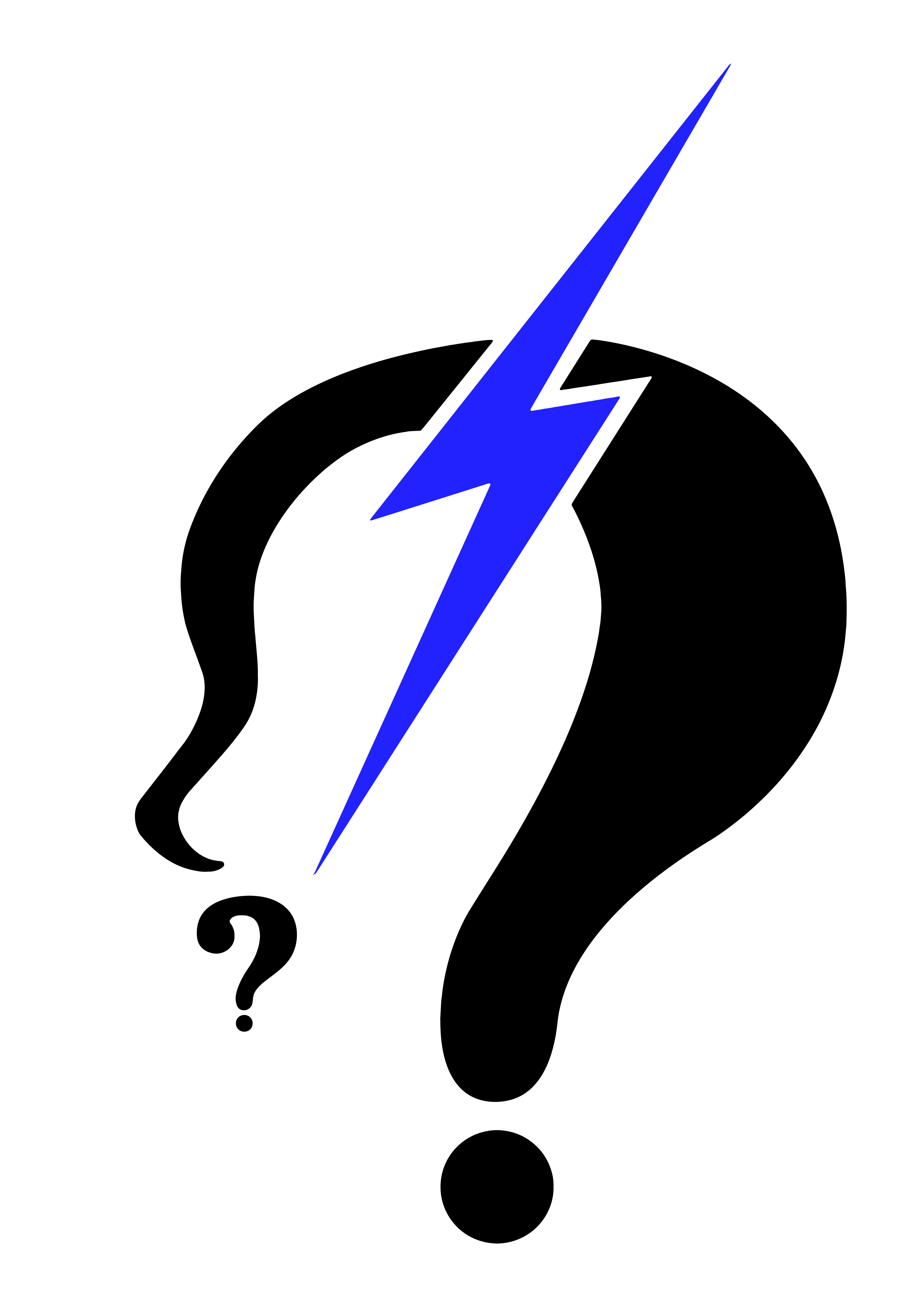Word or Phrase | Explanation & Use |
|---|---|
| AAC Augmentative & Alternative Communication | AAC is when you communicate using something other than speech. For example, on an iPad or tablet you may press on a symbol/photo/written word or sentence and the software speaks it out.
|
| Alternative web browsers | They either simplify the information on the website or read aloud what’s on the site.
|
| Cookies | Cookies are small text files downloaded to your computer when you use a website. Further information can be found at Information Commissioners Office and All About Cookies |
| EFL English as a Foreign Language. | These are language exercises designed for people learning English as a foreign language. They can usually be personalised.
|
| Everyday living/Activities of everyday living | These are programs/apps for working on everyday tasks such as planning recipes & shopping, working out money transactions, deciphering facial expressions
|
| Functional aids | These are programs/apps which help with everyday activities on a computer.
|
| Screen readers | These are programs/apps which read aloud text on the screen.
|
| Text to speech | You type words/sentences and the program/app speaks them aloud.
|
Voice activated assistance
Voice recognition | This works on smartphones, tablets and also smart speakers (such as Amazon Echo, Google Home). You speak to the device and it speaks back to you or it carries out a command you’ve given it.
The program/app puts what you say into writing.
|
| Word prediction | As you type, the program/app guesses what you want to say. Mobile phones use this technology.
|

 The
The